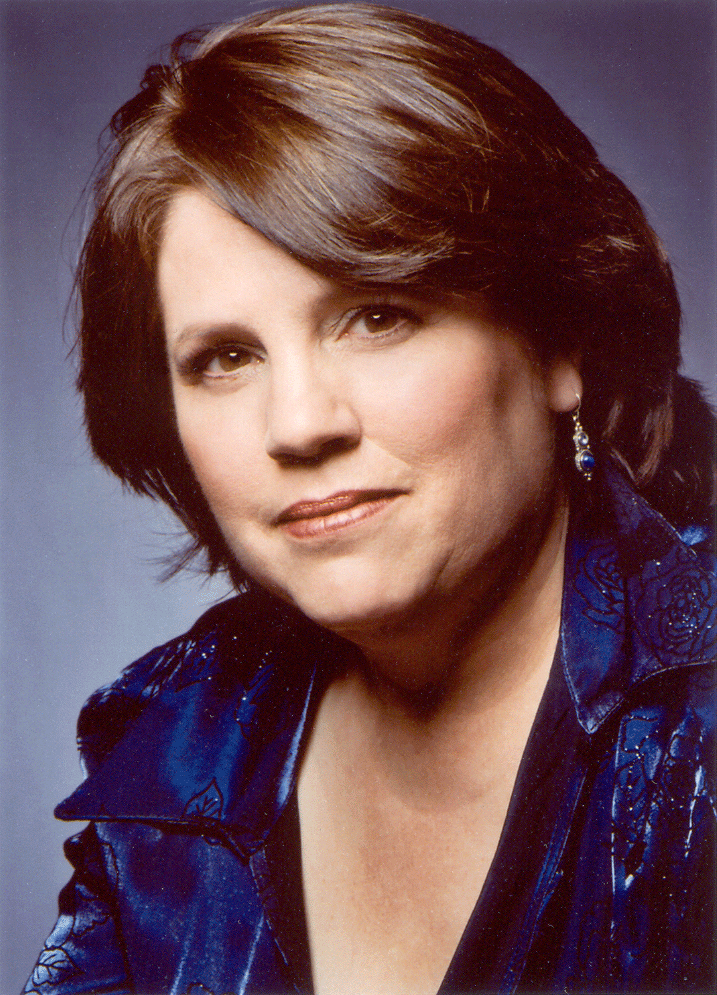Manuel Ponce (1882-1948)
Known as the precursor of musical nationalism in Mexico, Manuel Ponce was born in Fresnillo, Mexico,
where his family, collaborators with the Maximilian regime, temporarily located for fear of reprisals when the empire collapsed
in 1882. Two months after he was born, the family returned to their home in Aguascalientes where Ponce spent the remainder of
his childhood. His mother was very musically minded and Ponce learned the notes of the musical staff before he learned his
letters. At four years old, he began piano studies with his sister Josefina, writing his first composition at age 5 while
convalescing from smallpox, a piece he titled: "The Dance of the Small Pox." After relocating to Mexico City and studying
with Vicente Gabrielli, an Italian, the 19 year old Ponce began studies at the Conservatorio Nacional; by this age he was also
proudly playing many of his own compositions, generally smaller forms like the Mazurka, Gavotte and Danza. Becoming bored at
the Conservatorio, he returned to Aguascalientes and began teaching piano. It was during this period that he developed an
enduring interest in developing a truly Mexican style based on Mexican folklore and folk music. At age 23, he determined to go
to Europe and sold his possessions, including his piano, to finance the adventure. In Europe, he first enrolled in the Liceo
Rossini in Bologna, studying first with Luigi Torcchi and then with Dall'Olio, a pupil of Puccini. Later he moved to Germany
and studied with Martin Krause at the Stern Conservatory in Berlin. In 1908, Ponce returned to Mexico, but not before performing
with great success in the Beethoven Hall of Berlin.
Back in Mexico, Ponce pursued his dream of developing a truly Mexican style and also disseminated
the work of the European Impressionists (Falla, Ravel, Debussy) who were almost unknown in Mexico at that time. He also founded
a piano academy, with Carlos Chavez being his most prominent pupil, and took over the professorship of piano at the
Conservatorio Nacional. In 1912, while in Aguascalientes for a holiday, he was inspired to write his much-loved song
Estrellita, composed in the style of the Mexican bajio songs. Ponce intended to "ennoble the Mexican song, raising it to
the level of the concert hall." His song compositions include both concertized
arrangements of folk songs as well as settings of poetry by various poets, all of which where warmly received and frequently
interpreted by his wife, a contralto. Heifitz loved Ponce's compositions, transcribing Estrellita for the violin. In
1915, Ponce moved briefly to Havana, Cuba, and quickly attached himself to the concert activity there, founding the Academia
Beethoven and writing articles and reviews on music. Returning to Mexico in 1917, Ponce was named professor at the Conservatorio
and married Clementina Maurel, whom he had met and affianced just before his stay in Cuba. His renowned lifelong association
with Andres Segovia began when that great guitarist visited Mexico in 1923. In 1925, Ponce and his wife settled in Paris where
he enrolled in a composition course with Paul Dukas at the Ecôle Normale de Musique. Here also he associated with Joaquín
Rodrigo and Hector Villa-Lobos while developing his friendship with Segovia and composing prolifically. Later, his connection
with Segovia also put him in contact with Manuel de Falla. On completion of his course with Dukas, in 1934, Ponce returned to
Mexico, with his wife following him shortly, after first performing in a Parisian concert dedicated to Ponce's work.
Aside from his songs, Ponce is most remembered for his long friendship with Andres Segovia and the
consequent trove of new compositions for guitar, including his Concerto for Guitar and Orchestra begun in 1922 and finished
in January of 1941. Ponce is described as "...a musician of true nobility, of easy and elegant inspiration and a complete
dominion of all means of expression," and he is remembered as a simple, refined and friendly personality, highly respected and loved in Mexico. He was
very fond of children and wrote 20 pieces in the Mexican style for young pianists as well as 50 choral pieces for Kindergarten.
His songs continue to delight audiences wherever they are performed, the melodies having always a charm that captivates the
listener.
Copyright © 2021 Amelia Seyssel
|

